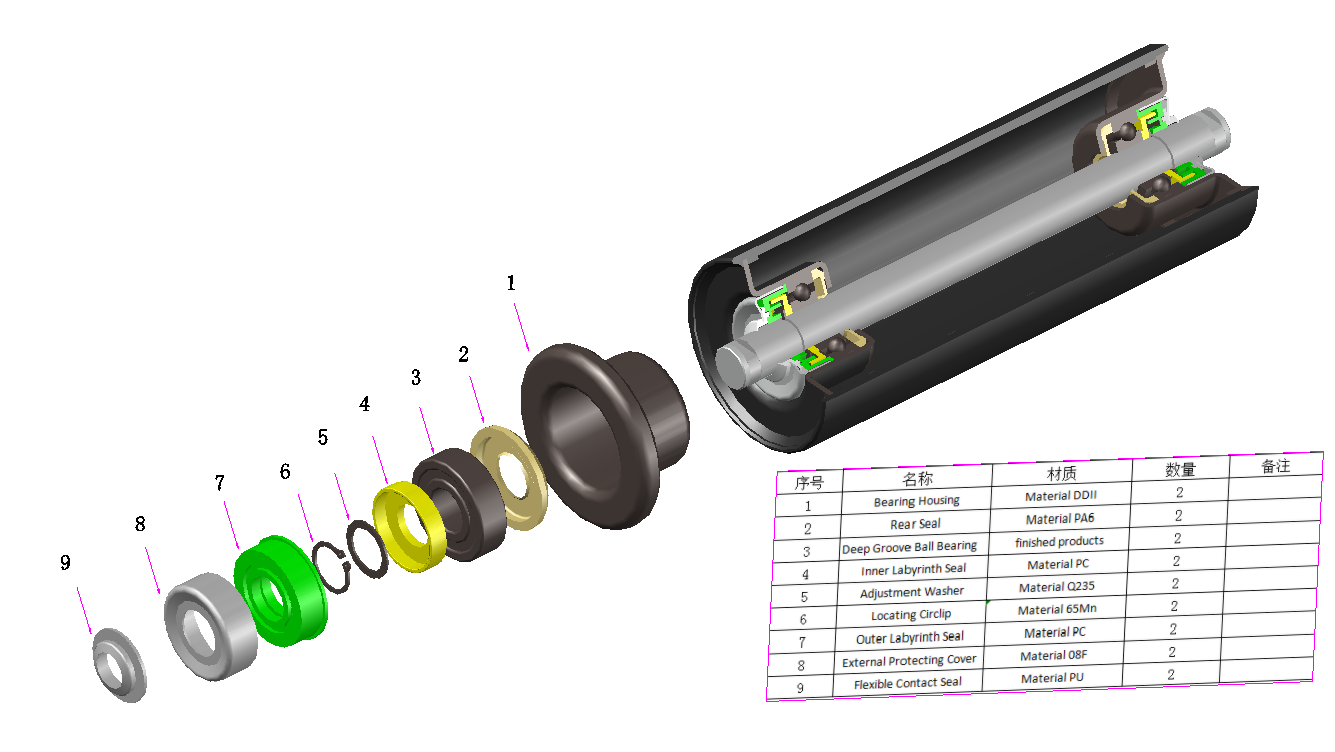 Afrikaans
Afrikaans  Albanian
Albanian  Amharic
Amharic  Arabic
Arabic  Armenian
Armenian  Azerbaijani
Azerbaijani  Basque
Basque  Belarusian
Belarusian  Bengali
Bengali  Bosnian
Bosnian  Bulgarian
Bulgarian  Catalan
Catalan  Cebuano
Cebuano  Corsican
Corsican  Croatian
Croatian  Czech
Czech  Danish
Danish  Dutch
Dutch  English
English  Esperanto
Esperanto  Estonian
Estonian  Finnish
Finnish  French
French  Frisian
Frisian  Galician
Galician  Georgian
Georgian  German
German  Greek
Greek  Gujarati
Gujarati  Haitian Creole
Haitian Creole  hausa
hausa  hawaiian
hawaiian  Hebrew
Hebrew  Hindi
Hindi  Miao
Miao  Hungarian
Hungarian  Icelandic
Icelandic  igbo
igbo  Indonesian
Indonesian  irish
irish  Italian
Italian  Japanese
Japanese  Javanese
Javanese  Kannada
Kannada  kazakh
kazakh  Khmer
Khmer  Rwandese
Rwandese  Korean
Korean  Kurdish
Kurdish  Kyrgyz
Kyrgyz  Lao
Lao  Latin
Latin  Latvian
Latvian  Lithuanian
Lithuanian  Luxembourgish
Luxembourgish  Macedonian
Macedonian  Malgashi
Malgashi  Malay
Malay  Malayalam
Malayalam  Maltese
Maltese  Maori
Maori  Marathi
Marathi  Mongolian
Mongolian  Myanmar
Myanmar  Nepali
Nepali  Norwegian
Norwegian  Norwegian
Norwegian  Occitan
Occitan  Pashto
Pashto  Persian
Persian  Polish
Polish  Portuguese
Portuguese  Punjabi
Punjabi  Romanian
Romanian  Russian
Russian  Samoan
Samoan  Scottish Gaelic
Scottish Gaelic  Serbian
Serbian  Sesotho
Sesotho  Shona
Shona  Sindhi
Sindhi  Sinhala
Sinhala  Slovak
Slovak  Slovenian
Slovenian  Somali
Somali  Spanish
Spanish  Sundanese
Sundanese  Swahili
Swahili  Swedish
Swedish  Tagalog
Tagalog  Tajik
Tajik  Tamil
Tamil  Tatar
Tatar  Telugu
Telugu  Thai
Thai  Turkish
Turkish  Turkmen
Turkmen  Ukrainian
Ukrainian  Urdu
Urdu  Uighur
Uighur  Uzbek
Uzbek  Vietnamese
Vietnamese  Welsh
Welsh  Bantu
Bantu  Yiddish
Yiddish  Yoruba
Yoruba  Zulu
Zulu Exploring the Importance and Functionality of Belt Training Idlers in Conveyor Systems
Understanding Belt Training Idlers A Key Component in Conveyor Systems
Belt training idlers play a crucial role in the operation of conveyor systems, ensuring the smooth and efficient movement of materials across various industrial applications. These components are essential for maintaining proper belt alignment, reducing wear and tear on the conveyor belt, and ultimately enhancing the overall productivity of the system. In this article, we will delve into the function of belt training idlers, their types, and the advantages they offer in material handling processes.
What Are Belt Training Idlers?
Belt training idlers are specialized rollers that are strategically placed along a conveyor system to help guide and align the belt. Their primary function is to keep the belt centered on the pulleys, preventing it from drifting off to one side. A misaligned belt can lead to various problems, such as increased friction, reduced efficiency, and premature wear on both the belt and the idlers themselves. The proper alignment facilitated by belt training idlers ensures that materials are conveyed smoothly and reduces the need for frequent maintenance.
Types of Belt Training Idlers
There are several types of belt training idlers, each designed to address specific alignment challenges
1. Canted Idlers These are slanted idlers that aid in controlling the lateral movement of the belt. Their angle helps create a self-training feature, allowing the belt to be guided back to its center position effectively.
2. Self-Aligning Idlers These are designed with a pivoting mechanism that automatically adjusts to the belt’s position. They are particularly useful in environments where belt misalignment is frequent due to heavy loads or varying material sizes.
3. Training Idlers with Rollers Some idlers incorporate a series of rollers that facilitate movement. This type helps reduce friction and provides a smoother surface for the belt to glide over, minimizing wear.
belt training idlers

4. Combination Idlers These involve a combination of different designs to maximize alignment capabilities based on the specific operational requirements of the conveyor system.
Advantages of Using Belt Training Idlers
The incorporation of belt training idlers into conveyor systems offers several significant advantages
1. Improved Efficiency Properly aligned belts operate more efficiently, leading to increased throughput and reduced energy consumption. This is especially important in large-scale operations where even slight inefficiencies can translate into considerable losses.
2. Reduced Wear and Tear By keeping the belt aligned, training idlers help minimize friction and contact with the frame of the conveyor. This reduced wear prolongs the lifespan of both the belt and the idlers, resulting in lower maintenance costs and decreased downtime.
3. Enhanced Safety Misaligned belts can pose safety hazards in industrial environments, risking spills or material throw-off. Maintaining proper alignment with training idlers helps ensure a safer working environment for operators and reduces the likelihood of accidents.
4. Adaptability Many belt training idler designs can be adapted for use in various industries, from mining to food processing. This versatility makes them a valuable asset for companies operating in diverse sectors.
Conclusion
Belt training idlers are essential components in the maintenance of efficient, reliable conveyor systems. By ensuring proper belt alignment, they contribute significantly to reducing operational costs, minimizing downtime, and enhancing safety. As industries continue to evolve, the role of belt training idlers will remain pivotal in optimizing material handling processes, underscoring the importance of investing in quality idler designs tailored to specific operational needs.
-
Revolutionizing Conveyor Reliability with Advanced Rubber Lagging PulleysNewsJul.22,2025
-
Powering Precision and Durability with Expert Manufacturers of Conveyor ComponentsNewsJul.22,2025
-
Optimizing Conveyor Systems with Advanced Conveyor AccessoriesNewsJul.22,2025
-
Maximize Conveyor Efficiency with Quality Conveyor Idler PulleysNewsJul.22,2025
-
Future-Proof Your Conveyor System with High-Performance Polyurethane RollerNewsJul.22,2025
-
Driving Efficiency Forward with Quality Idlers and RollersNewsJul.22,2025





























